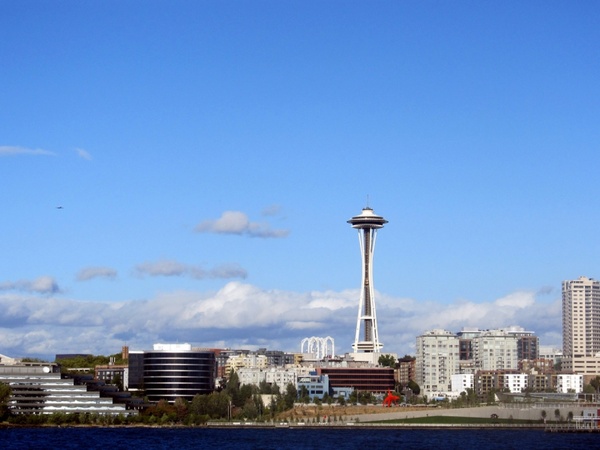If you think of the most inhospitable or unlikely vineyard sites in the world, the state of Washington may not come to mind. There are two dramatically different landscapes in Washington. There’s the one most of us think of when we think of the Pacific Northwest — cool, damp and foggy. But most of Washington’s most exceptional vineyards are located in the other one — amid dry mountain air, scarcely populated and barren ridges in the Columbia River basin.
The Columbia River basin is a unique viticulture map. It is on approximately the same latitude (46 degrees north) as some of the great French wine regions. The Columbia Valley is much different from Seattle’s rainy climate thanks to the Cascade Mountains. It lies in the rain shadow of the mountains with an annual 6 to 8 inches average rainfall, compared to 100 plus on the Olympic Peninsula. This sparse rainfall allows vineyards to control vine vigor through irrigation from the rivers. Without human effort of irrigation, this whole area would be a sun parched expanse. Irrigation has changed this area into a prolific wine grape growing area. Another contributing factor to its success is the advantage of long hours of sunlight, averaging 17 hours during the growing season.
Washington’s American Viticulture Area, or a AVA, comprises 14 regions — Ancient Lakes, Columbia Gorge, Columbia Valley, Horse Heaven Hills, Lake Chelan, Lewis-Clark Valley, Naches Heights, Puget Sound, Rattlesnake Hills, Red Mountain, Snipes Mountain, Yakima Valley, Wahluke Slope and Walla Walla Valley — with many subappellations all within the Columbia River basin. The Columbia Valley is the largest with almost 11 million acres and with the exception of the Puget Sound and Columbia Gorge, all growing regions are subappellations of the Columbia Valley.
How this summer’s widespread wildfires will affect this year’s grape crop remains to be seen. However, it is possible the smoke from the fires could transfer to the grapes, tainting the vintage, according to reports on KOUW.
In 2007, Washington winemakers crushed 127,000 tons of grapes, last year they crushed more than 250,000 tons. In other words, the Washington wine industry has nearly doubled in size in just a decade. If you are looking for a region in the world to watch, this is your state.
THE VALUES
- 2016 Hogue Riesling, Columbia Valley (about $13 retail)
- 2015 Chateau Ste. Michelle Gewurztraminer, Columbia Valley (about $12 retail)
- 2015 Snoqualmie Naked Riesling, Columbia Valley (about $14 retail)
THE SPLURGE
- 2015 14 Hands Merlot, Columbia Valley (about $15 retail)
- 2015 Columbia Crest H3 Horse Heaven Hills Chardonnay, Horse Heaven Hills (about $20 retail)
- 2015 Eroica Riesling, Ancient Lakes, Yakima Valley, Columbia Valley (about $29 retail)
